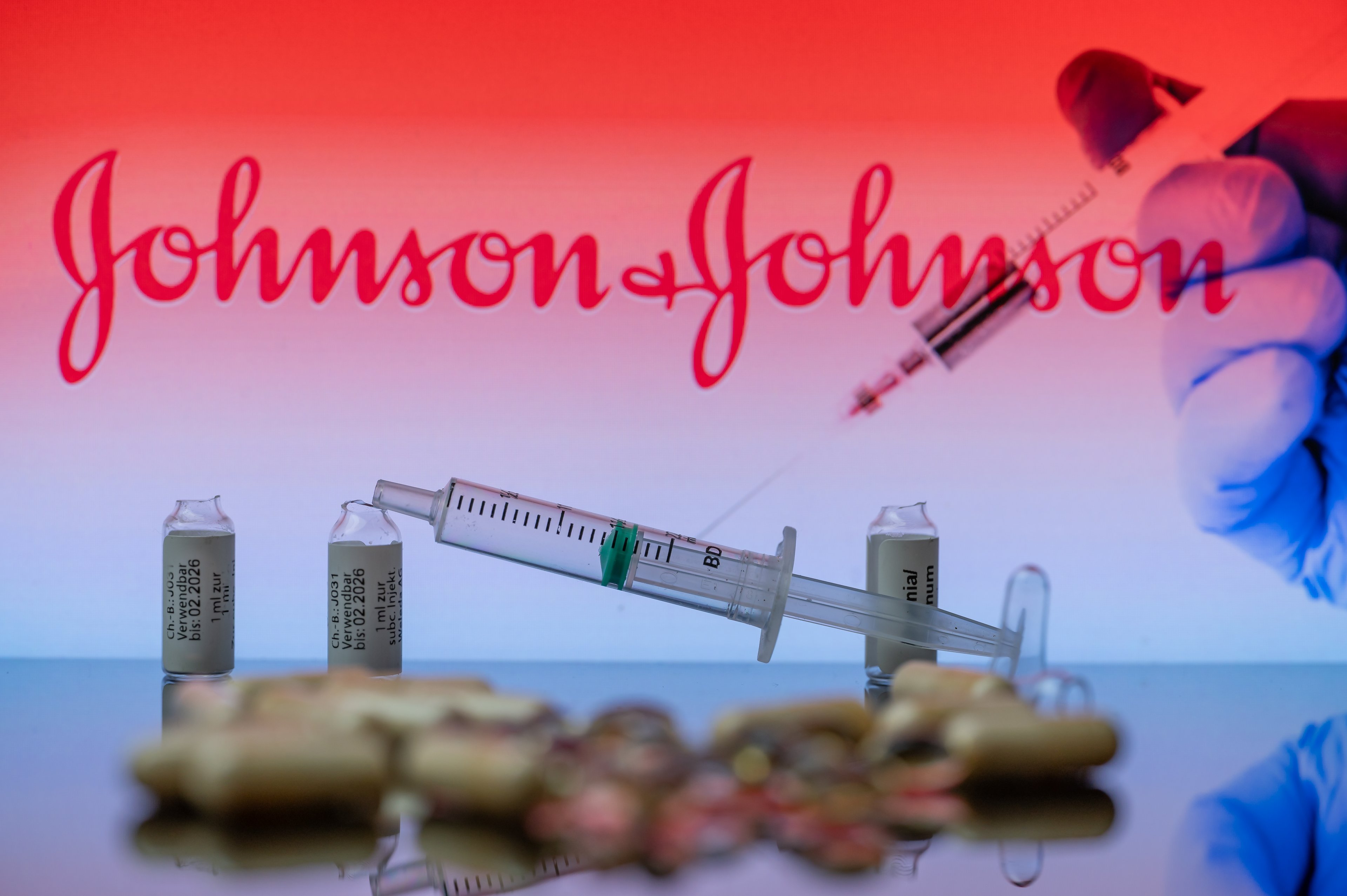Healthcare conglomerate Johnson & Johnson (JNJ 0.66%) is what you might call a staple stock. It's a common holding for growth, value, and income investors given that many of the products it sells are inelastic. In other words, you can't determine when you get sick, or what ailment you develop, meaning there's always demand for medical devices, pharmaceuticals, and some of J&J's consumer health products, regardless of how well or poorly the U.S. economy is performing.
Johnson & Johnson is also revered for its pristine credit rating -- it and Microsoft are the only two publicly traded companies to hold Standard & Poor's highest credit rating, AAA -- and the fact that it's increased its dividend for 55 consecutive years. You can count on two hands how many companies have a longer active streak. This consistency is why investors, young and old, have bought Johnson & Johnson in their investment portfolios and simply forgotten about it.

Image source: Getty Images.
J&J has a major transformation under way, in case you missed it
However, what many investors may not realize, especially if you're the set-it-and-forget-it type, is that Johnson & Johnson has been undergoing a major business transformation over the past five years that could see both growth and risk accelerate over the next five to 10 years. This transformation involves a growing reliance on pharmaceuticals as a percentage of total sales.
When Johnson & Johnson released its third-quarter earnings back in 2012, the company had generated $18.83 billion in sales through the first nine months of the year from pharmaceuticals compared to $49.67 billion in total sales over the same period. This works out to 37.9% of total sales, with medical devices taking the top spot at $20.05 billion in sales. It's worth noting that the third quarter of 2012 was the first full quarter for J&J following its $19.7 billion acquisition of device maker Synthes.
According to its third-quarter earnings results released last week, J&J generated $26.58 billion in pharmaceutical sales (that's 41% growth in five years) through the first nine months of the current fiscal year out of $56.26 billion in total sales. This works out to 47.2% of total sales. In just five years, the share of total revenue for pharma sales has risen by 9.3% and is bordering on comprising half of J&J's revenue.

Image source: Getty Images.
Increasing its reliance on pharma is a double-edged sword
Pointing the pendulum toward pharmaceutical sales comes with a handful of pluses and minuses.
On one hand, drug sales generate nearly all of Johnson & Johnson's current growth and operating margin. Consumer health is a slow-growing industry that's aided by reasonable pricing power and predictable cash flow. Similarly, medical devices make up a highly competitive industry that's more of a long-tail play on an aging global population. Right now, pharmaceuticals are seeing demand growth from improved diagnostic testing and greater access to medical care, and drugmakers continue to possess excellent pricing power given the numerous advantages of operating in the United States, the most lucrative market for drug companies.
Leaning more heavily on pharmaceutical should allow J&J to deliver mid- to single-digit earnings-per-share growth for the foreseeable future, which is par for the course of what long-term investors expect from this healthcare giant.
But there's a downside to J&J's growing focus on pharmaceuticals: It exposes the company to the finiteness of brand-name drug exclusivity.
The beauty of J&J has been its geographic and operational diversity. However, with the company leaning so heavily on drug revenue now, it'll likely find itself scrambling to replace lost revenue as generic drugs pressure mature therapies in its drug portfolio that are past their patent exclusivity dates. It's worth pointing out that this isn't a major concern for J&J at this moment, but it very well could be in five or more years if it continues to lean on pharma sales.

Image source: Getty Images.
Johnson & Johnson also has to worry about biosimilar competition. Biosimilars are nothing more than biologic copycats of brand-name drugs that, if approved by the Food and Drug Administration, are being priced at 10% to 50% below comparable brand-name drugs. J&J's best-selling drug, Remicade, already finds itself a victim of biosimilars, with worldwide sales down 9.4% on a constant currency basis through the first nine months of the year, including 5.9% within the U.S.
Expect J&J to step up its acquisition game and temper its dividend growth
Given the company's growing reliance on pharmaceuticals, my suspicion is that it's going to lean heavier on acquisitions and collaborations in the pharma space to drive growth.
That isn't to say J&J is incapable of growing organically, because in May the company announced its intentions of filing new drug applications for 11 potential blockbuster drugs (those with $1 billion-plus in annual sales potential) by 2021 -- although it's worth pointing out that J&J ended the development of two of these possible blockbusters, sirukumab and talacotuzumab, as noted in its third-quarter report.
The good news is J&J is generating a ton of cash flow each year, which makes it easy to buy other companies or forge collaborations. It regularly produces between $12 billion and $16 billion in annual free cash flow, which allows it to take reasonable stabs at small and mid-sized companies that are on its radar. Nevertheless, an uptick in acquisitions could lead to slower dividend growth in the future.

Image source: Getty Images.
For those not paying close attention, J&J's dividend increase of 5% earlier this year ($0.80 to $0.84 per quarter) was its smallest increase this decade on a percentage basis. Considering that it paid $30 billion to acquire Swiss-based specialty lung disease drug developer Actelion, this smaller increase could simply be a way of J&J pocketing a little extra cash in the meantime to rebuild its cash balance. If the company keeps hunting for new acquisitions, which seems feasible if a patent cliff hits J&J in five to 10 years, dividend growth could suffer.
While I do believe J&J's focus on pharma could lead to increase near- and intermediate-term volatility that long-term investors may not be used to, I don't see any red flags that suggest J&J isn't worth owning. In other words, keep a close eye on its aggregate pharma sales and exposure to generics and biosimilars, but there's no need to panic in the interim.






